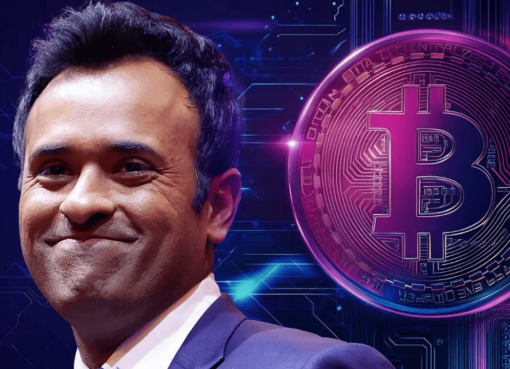When Elon Musk changed his Twitter bio to “#bitcoin” last week it moved the market, but not just for bitcoin itself.
Users of UniWhales could see big holders making moves in real-time. Matt Aaron, the CEO of UniWhales, sent CryptoX screenshots showing three big moves of liquidity providers exiting USDC/ETH and USDT/ETH positions on Uniswap. In 11 minutes, $47 million worth of liquidity had exited the Uniswap system right after Musk told the world:
“Our thesis is that whales control the market,” Aaron told CryptoX in a phone call. “People with more money tend to have better information.”
UniWhales started in September as a simple Telegram channel with a bot that flagged large buys on Uniswap. That’s why it’s called UniWhales. It started analyzing the moves of big holders (whales) on Uniswap, the leading automated market maker on Ethereum.
Santiago Roel of ParaFi Capital told CryptoX via email that he has been using the product for a while.
“Their subscription model offers a glimpse into how SaaS could be brought on chain, which will be an emerging theme as a new monetization model,” he wrote.
Initiated by a pseudonymous developer called Timur, Aaron, a crypto alum, was an early adopter. “I was addicted to this channel, just like as a fan,” he said.
The approach took off quickly and the two decided to turn it into a business together.
In a pickle
Liquidity moves are telling but it all started with big buys.
For example, on Jan. 26, the price of the Ethereum token PICKLE shot up 40% (from just under $11 to almost $14), and members of the UniWhales community watched it happen in real time.
The UniWhales Telegram bot was flagging $1.6 million worth of PICKLE getting picked up in a short span of time on Uniswap. That was 75% of the daily trade volume all at once. Spotting this kind of movement is the heart of what PICKLE is all about.
Traders need alerts to know if something big is happening with a token they have a position in or if it means they should take a position. Some traders will simply follow momentum but others use UniWhales as an alert to see if they need to start looking at Twitter or Telegram to see what just happened.
Correlation is not causation, but Aaaron showed CryptoX a tweet that seemed to correspond nicely with the moves:
As ever, the name of Andre Cronje is powerful out there among the DeFi degens. The news that Yearn’s founder had finalized his plan to make those who got the short end of the stick in the exploit somewhat whole was bullish, for at least some bag holders.
Pickle started as a publicly minded Weird DeFi project aimed at helping stablecoins hold their peg. Before long, the anon-led endeavor evolved into something like an imitation of Yearn Finance, the leading robo-advisor for yield. Like other anon-led projects before it, Pickle got exploited.
Yearn, in turn, absorbed it, in its quest to be the powerhouse of decentralized finance.
Eventually Timur and Aaron developed the UWL token, which enables access to the app, exclusive webinars and to premium Telegram channels. Like any startup, UniWhales is still working on its business model, but its focus is on building a strong analytics community for DeFi.
How it works
UniWhales describes itself as a decentralized autonomous organization (DAO) but only in the loosest sense.
By holding UWL, users can express their opinions to Aaron and Timur about what’s needed.
“We are definitely benevolent dictators,” Aaron said, though he noted they have an “open dialogue with everyone in their community.”
If, for example, they ever have any doubt about which direction to go, they have a gang in Telegram 16 hours a day that always has an opinion on any particular direction.
To access the community’s private channels, a user needs to hold 5,000 UWL. UniWhales uses Mintgate and CollabLand to verify token holdings and allow premium access.
The basic membership provides access to the app and channels with bots that flag things like big buys on Uniswap or SushiSwap, new or unknown tokens and (like in the example up top) big moves into or out of liquidity pools.
For 16,000 UWL, users get access to the power channel, which shows moves by wallets known to be tied to major players in crypto, such as big funds or well-known investors.
The total supply is 10 million UWL. Of that, 35% was sold in a public and private sale and 25% was set aside for the liquidity supply. The sales happened in November and the team raised a total of 400 ETH.
All the funds were put into liquidity pools on automated market makers, and those LP tokens were locked up for six months. The team allocation of 15% is also locked up for six months.
Aaron said that’s to “signal to the community that we are trying to build it for the long term.”
Right now, the only recurring revenue the team has are the underlying LP fees on Uniswap and SushiSwap and any liquidity mining benefit either might proffer. Aaron said they are looking into other ways they might make the project more sustainable, though if fees get introduced anywhere he said they will accrue value to all token holders, not just the company.
“We want to make sure the token holders are rewarded for participating in our project,” Aaron said.




